Who Pays for Pain and Suffering in a Car Accident in Ontario, Canada
Who Pays For Pain And Suffering In A Car Accident in Ontario, Canada
Car accidents can cause physical and emotional trauma. In Ontario, seeking financial compensation for this pain and suffering through a car accident settlement is possible.
Understanding how the system works is key to getting the best outcome from your case. This guide provides an overview of what you need to know about Ontario’s car accident pain and suffering settlements, including information on eligibility requirements, legal advice, and other important considerations. This will help you decide how to handle your claim.
Thus, it is crucial to consult a skilled attorney who can guide the settlement process.
- Who Pays for Pain and Suffering in a Car Accident in Ontario?
- What to Expect from Your Pain and Suffering Claim After a Car Accident in Ontario?
- How a Lawyer Helps You Receive Maximum Compensation for Car Accident Pain & Suffering Damages in Ontario?
- Important Tips: Compensation for Pain and Suffering from a Car Accident in Ontario?
- What to Remember When Suing for Pain and Suffering After a Car Accident in Ontario?


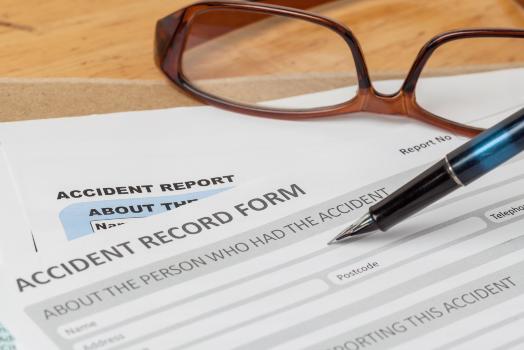
Who Pays for Pain and Suffering in a Car Accident in Ontario, Canada
Who Pays for Pain and Suffering in a Car Accident in Ontario, Canada
In Ontario, car accidents can cause physical, mental, and emotional harm. Pain and suffering are two of the most common damages to which victims of such accidents may be entitled. Finding out who pays for pain and suffering in a car accident in Ontario can be complicated. This guide explains how insurance companies handle pain and suffering compensation and other important matters related to car accident claims in the province. It also provides advice on seeking legal help from an experienced lawyer who can provide personalized guidance on getting the maximum compensation possible. Knowing who pays for pain and suffering in a car accident in Ontario is essential to ensure that all affected parties receive fair compensation for their losses.
The Basics of Pain and Suffering Compensation
In Ontario, insurance companies typically handle damages for pain and suffering. Classifying these harms as general damages (for pain and suffering) or punitive damages is possible. General damages include medical expenses, lost wages, loss of future earnings, pain and suffering, disability or disfigurement, mental anguish, loss of companionship or consortium, damage to reputation, inconvenience and other intangible losses. Punitive damages may be available if the other driver was grossly negligent or reckless.
Considerations for Pain and Suffering Compensation
To receive pain and suffering compensation, the victim must prove that they suffered a physical or emotional injury due to the accident. Medical records, witness statements, and other proof of the incident’s aftereffects can all serve this purpose. Compensation also depends on the harm. Ontario’s pain and suffering compensation may vary if the victim was partly at fault or had pre-existing injuries. It’s important to note that provinces have different laws for awarding damages for pain and suffering, so you should always consult a lawyer to determine the applicable laws.
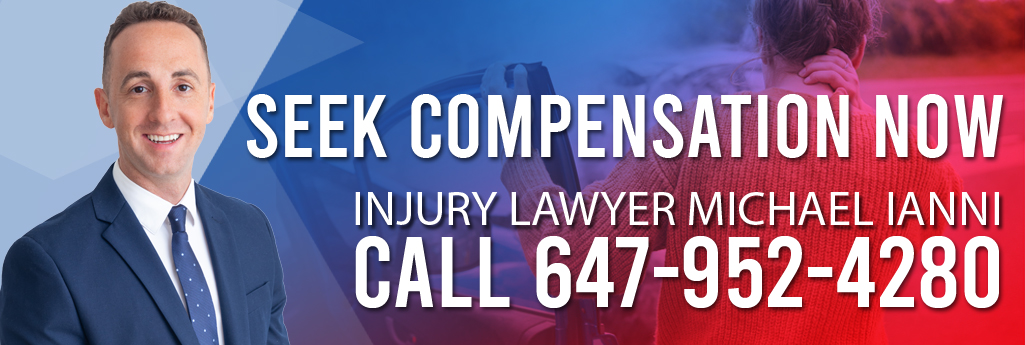


Suing for Pain and Suffering from a Car Accident in Ontario, Canada
What to Expect from Your Pain and Suffering Claim After a Car Accident in Ontario, Canada
Learn about the legal process of suing for pain and suffering after a car accident in Ontario, including understanding your rights, filing paperwork, going to court, and more. Always consult with an experienced lawyer for more information.
You may need legal action if you have been involved in a car accident or other personal injury incident and believe you are entitled to compensation for pain and suffering. Depending on your case, many steps can be involved in suing for damages; understanding these steps is essential if you are considering legal action.
- File a claim with the negligent party’s insurer within seven days of the accident (or as soon as medically possible). Now the process of settling with an adjuster can begin.
- Collect Evidence: Medical records, photos of the accident site, eyewitness statements, and other documents that prove the incident happened a certain way or that you were injured should be collected next.
- Negotiate With Insurance: Once you have collected sufficient evidence to support your claim, it’s time to negotiate with insurance companies. This involves communicating directly with adjusters and presenting evidence of how the accident occurred and why you are entitled to compensation for pain and suffering.
- File a Lawsuit: If negotiations prove unsuccessful and you decide to pursue legal action against the at-fault party, it is necessary to file a lawsuit in court. In this step, both sides present their arguments before a judge who will rule.
- Going to Court: If the case goes to court, you may need to appear before a judge, provide testimony, and answer questions from the other side’s lawyer. You can also bring witnesses and evidence to support your claim for damages.
The legal process of suing for pain and suffering after a car accident in Ontario can be complex and intimidating. To maximize your chances of winning a lawsuit, contact an experienced attorney who has handled similar cases. They can help guide you through each process step, from collecting evidence to present your case in court. With their assistance, you can maximize your chances of getting the compensation you deserve for your pain and suffering.
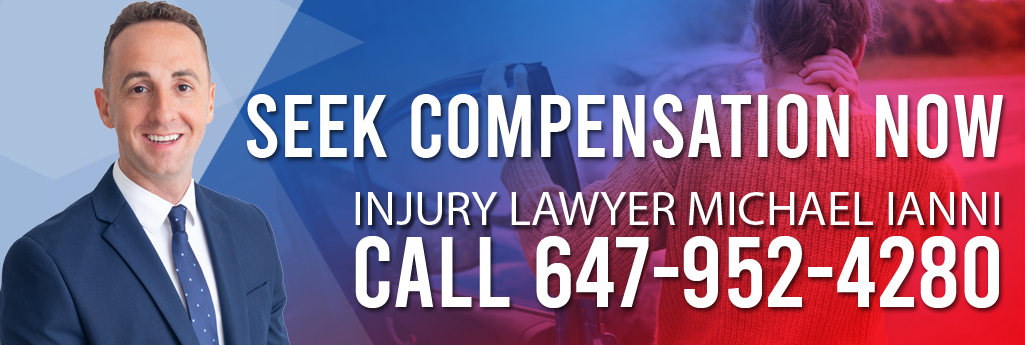

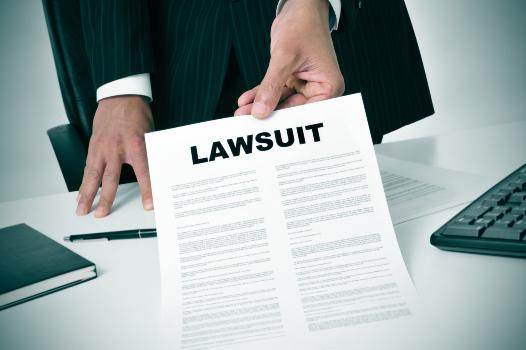
Pain and Suffering Damages Car Accident in Ontario, Canada
How a Lawyer Helps You Receive Maximum Compensation for Car Accident Pain & Suffering Damages in Ontario, Canada
A car crash can be time- and energy-consuming. The physical and emotional toll on a person’s life can be immense, especially when suffering from pain and damage and feeling lost and confused after a car accident. An experienced attorney can help you get the most money possible for your medical bills and other losses.
Car accidents remain one of Ontario’s leading causes of injury, and those involved in a collision may be entitled to significant compensation if they can prove their case. A car accident attorney can help you build a solid case and compensate you fairly for all your losses.
Experienced lawyers will help by thoroughly examining each piece of evidence related to your case and gathering medical records and other important documents to ensure your rights are fully protected. They will also provide valuable guidance throughout settlement negotiations or litigation so that you have a comprehensive understanding of the legal process every step of the way. In addition, an experienced lawyer can provide realistic advice about expected outcomes and potential obstacles.
An experienced Ontario car accident lawyer will protect your rights and handle your claim efficiently and professionally. Through this attorney-client relationship, you can confidently receive maximum compensation for your pain & suffering damages after being involved in an unfortunate car accident.
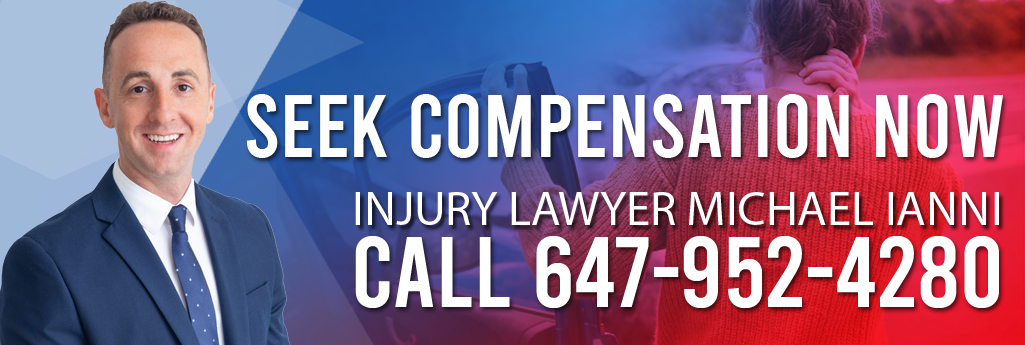


Can You Get Pain and Suffering from a Car Accident in Ontario, Canada
Important Tips: Compensation for Pain and Suffering from a Car Accident in Ontario, Canada
When it comes to filing a claim for the pain and suffering due to a car accident, there are certain steps you must take to ensure you get the proper compensation. In this article, we will explore important tips to help you obtain the maximum amount of money for your pain and suffering after an auto accident in Ontario.
First, pain and suffering claims have no set amount. The amount depends on the severity of the injuries, how long it took to recover if you had any long-term disabilities or losses, how much work you missed, and other factors.
When filing for compensation for pain and suffering resulting from an auto accident in Ontario, keeping track of all medical expenses associated with treatment is important. This includes any mental health counselling or psychiatry services needed to cope with the trauma caused by the car crash; additionally, save receipts related directly to medical expenses such as prescriptions or medical equipment costs (e.g., crutches). These items can be used as evidence when applying for financial aid through insurance companies or legal proceedings.
It is also important that you document all physical limitations suffered due to your injuries following the crash; this includes having someone else assist with tasks like grocery shopping or performing daily household chores such as cooking meals or taking out the trash. Your pain-and-suffering claim should consist of these.
Finally, if you do choose to pursue legal action related to your case, make sure that you consult with an experienced auto accident lawyer who specializes in personal injury law in Ontario. The lawyer will help you file a successful lawsuit against those responsible for your injuries.
Please consider these suggestions as you prepare your claim for pain and suffering following an auto accident in Ontario.
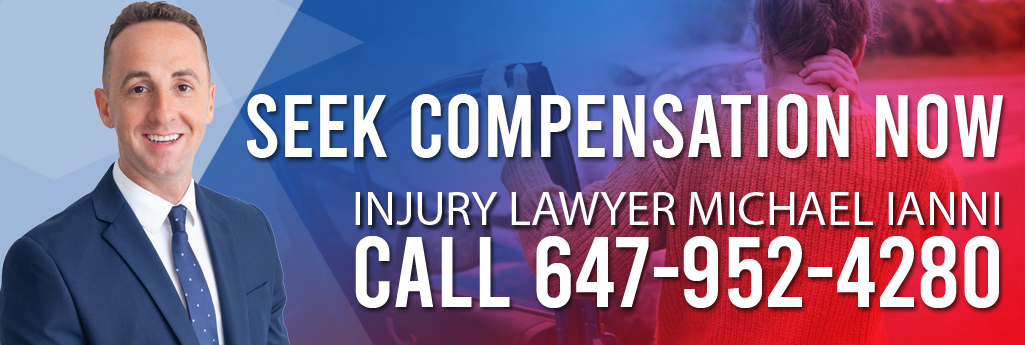
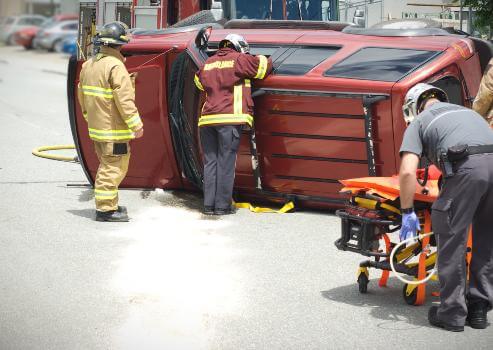

Suing for Pain and Suffering After a Car Accident in Ontario, Canada
What to Remember When Suing for Pain and Suffering After a Car Accident in Ontario, Canada
Understanding the legal process for suing for damages after an Ontario car accident that caused physical, emotional, or financial harm is crucial. Maximize compensation with claim factors. Understanding these key principles and how they apply to your case will help ensure that you take the necessary steps toward recovering any losses incurred due to the accident. In the event of an automobile accident in Ontario, filing a claim for pain and suffering can be a complicated process.
– Understand Your Rights: You must clearly understand your rights before filing a lawsuit against another party responsible for an injury. The law provides certain protections, which can help you make more informed decisions about your case.
– Statute of Limitations: Ontario has a two-year statute of limitations for filing a claim for pain and suffering after a car accident. Take legal action within two years of the incident to avoid being barred. Therefore, filing a lawsuit as soon as possible is important to maximize your potential compensation.
– Damage Awards: The number of damages awarded to an injured party depends upon several factors, such as the extent of the injury, type of losses incurred, and other mitigating circumstances. When negligence is partially shared, or the other driver’s fault is unclear, awards are lower when failure is shared or vague lower.
Insurance companies are for-profit businesses that may get you to settle for less. Therefore, seeking legal representation when dealing with an insurance company is essential to ensure that any potential payment reflects fair compensation for damages incurred.
In summary, there are several factors to consider when suing for pain and suffering after a car accident in Ontario. Understanding your rights, the statute of limitations, damage awards, and insurance companies can maximize your compensation and ensure justice. Contact a lawyer immediately to protect your rights and receive fair compensation after a car accident.

InjuredInAnAccident.ca
, Ontario
Tel: (647) 952-4280

*The laws pertaining to automotive injuries are complex and are contsantly evolving. The information on this website was not written by legal professionals and should not be considered legal advise. Please contact a professional personal injury lawyer serving Ontario for the most up to date and accurate information.




